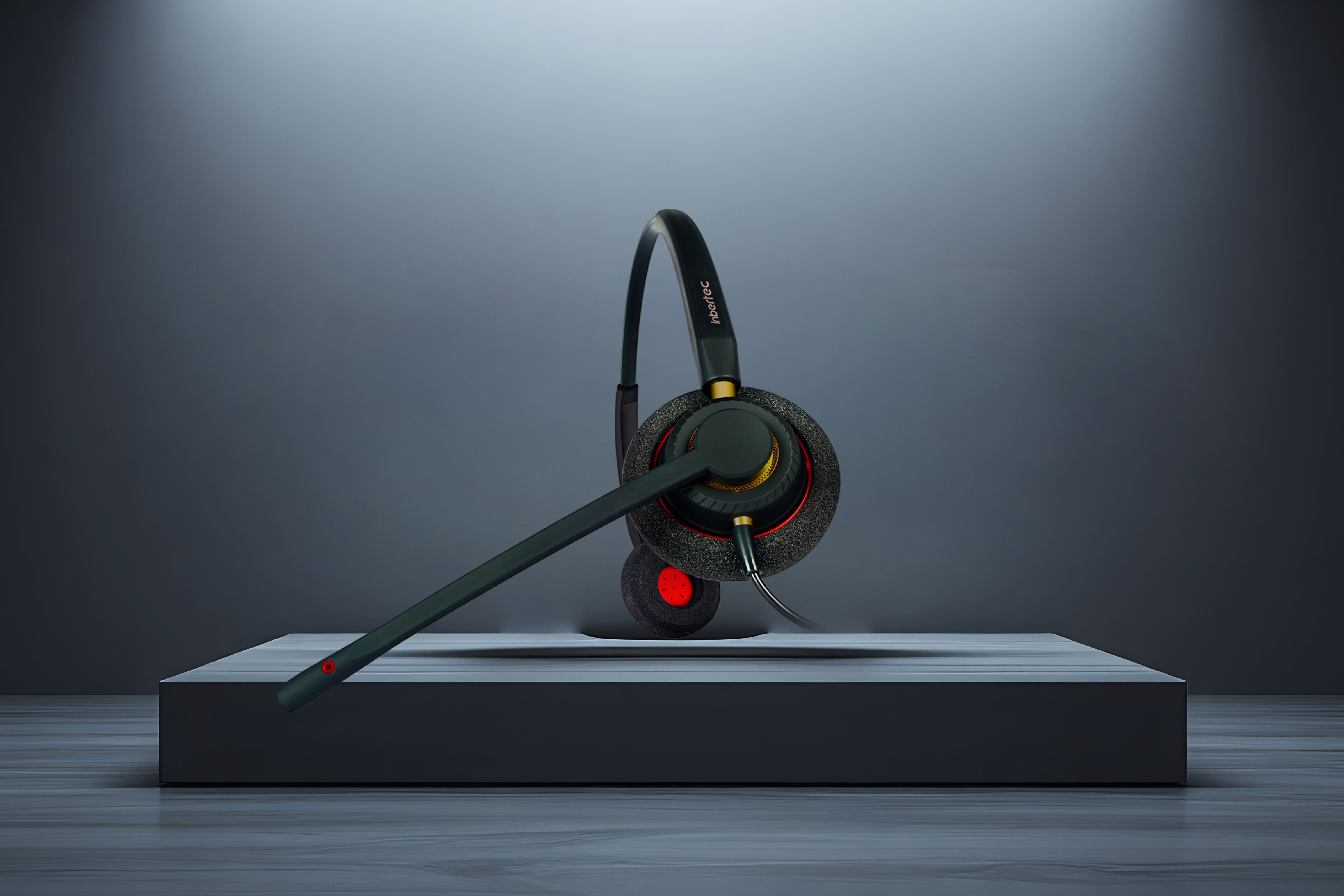Noise-canceling headphones are an advanced audio technology that significantly reduces unwanted ambient noise, providing users with a more immersive listening experience. They achieve this through a process called Active Noise Control (ANC), which involves sophisticated electronic components working together to counteract external sounds.
How ANC Technology Works
Sound Detection: Tiny microphones embedded in the headphones capture external noise in real time.
Signal Analysis: An onboard digital signal processor (DSP) analyzes the noise’s frequency and amplitude.
Anti-Noise Generation: The system creates an inverse sound wave (anti-noise) that is identical in amplitude but 180 degrees out of phase with the incoming noise.
Destructive Interference: When the anti-noise wave combines with the original noise, they cancel each other out through destructive interference.
Clean Audio Output: The user hears only the intended audio (such as music or voice calls) with minimal background disturbance.

Types of Active Noise Cancellation
Feedforward ANC: Microphones are placed outside the ear cups, making it effective against higher-frequency noises like chatter or typing.
Feedback ANC: Microphones inside the ear cups monitor residual noise, improving cancellation for low-frequency sounds like engine rumbles.
Hybrid ANC: A combination of feedforward and feedback ANC for optimal performance across all frequencies.
Advantages & Limitations
Pros:
Ideal for travel (airplanes, trains) and noisy work environments.
Reduces listening fatigue by minimizing constant background noise.
Cons:
Less effective against sudden, irregular sounds like clapping or barking.
Requires battery power, which may limit usage time.
By leveraging advanced signal processing and physics principles, noise-canceling headphones enhance audio clarity and comfort. Whether for professional use or leisure, they remain a valuable tool for blocking out distractions and improving focus.
ENC headsets utilize advanced audio processing to reduce background noise during calls and audio playback. Unlike traditional ANC (Active Noise Cancellation) which primarily targets constant low-frequency sounds, ENC focuses on isolating and suppressing environmental noises to enhance voice clarity in communication scenarios.
How ENC Technology Works
Multi-Microphone Array: ENC headsets incorporate multiple strategically placed microphones to capture both the user’s voice and surrounding noise.
Noise Analysis: A built-in DSP chip analyzes the noise profile in real-time, distinguishing between human speech and environmental sounds.
Selective Noise Reduction: The system applies adaptive algorithms to suppress background noise while preserving vocal frequencies .
Beamforming Technology: Some advanced ENC headsets use directional microphones to focus on the speaker’s voice while minimizing off-axis noise.
Output Optimization: The processed audio delivers clear voice transmission by maintaining speech intelligibility and reducing distracting ambient sounds.
Key Differences from ANC
Target Application: ENC specializes in voice communication (calls, meetings), while ANC excels in music/listening environments.
Noise Handling: ENC effectively handles variable noises like traffic, keyboard typing, and crowd chatter that ANC struggles with.
Processing Focus: ENC prioritizes speech preservation rather than full-spectrum noise cancellation.
Implementation Methods
Digital ENC: Uses software algorithms for noise suppression (common in Bluetooth headsets).
Analog ENC: Employs hardware-level filtering (found in wired professional headsets).
Performance Factors
Microphone Quality: High-sensitivity mics improve noise capture accuracy.
Processing Power: Faster DSP chips enable lower latency noise cancellation.
Algorithm Sophistication: Machine learning-based systems adapt better to dynamic noise environments.
Applications
Business communications (conference calls)
Contact center operations
Gaming headsets with voice chat
Field operations in noisy environments
ENC technology represents a specialized approach to noise management, optimizing headsets for clear voice transmission rather than complete noise elimination. As remote work and digital communication grow, ENC continues evolving with AI-driven improvements for better voice isolation in increasingly noisy environments.
Post time: May-30-2025




